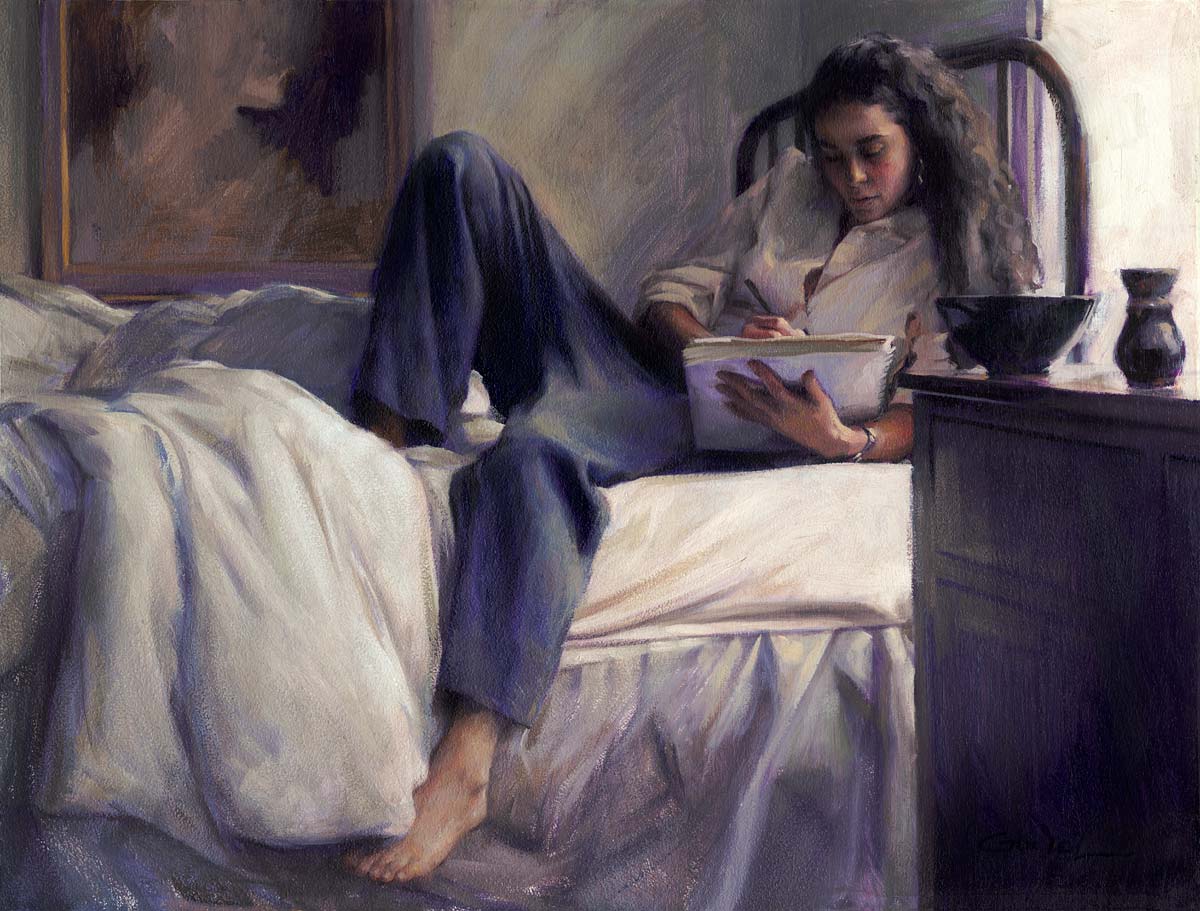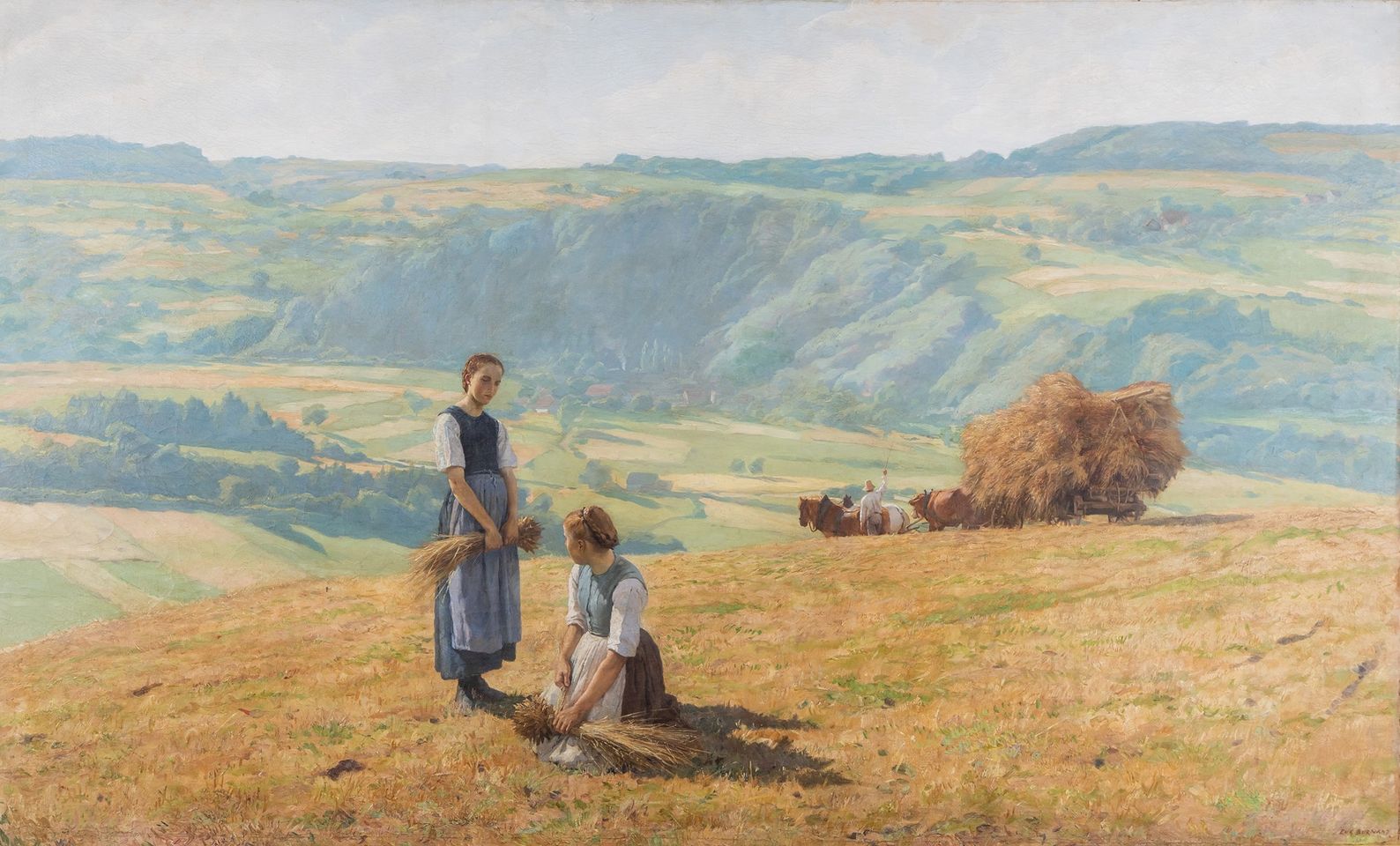Trattato della Pittura - Parte seconda | Capitoli 79-105
Indice
79. Ordine del disegnare.
80. Del ritrarre di naturale.
81. Del ritrarre una qualunque cosa.
82. Come deve essere alto il lume da ritrarre di naturale.
83. Quali lumi si debbono eleggere per ritrarre le figure de' corpi.
84. Delle qualità del lume per ritrarre rilievi naturali o finti.
85. Del ritrarre i nudi.








